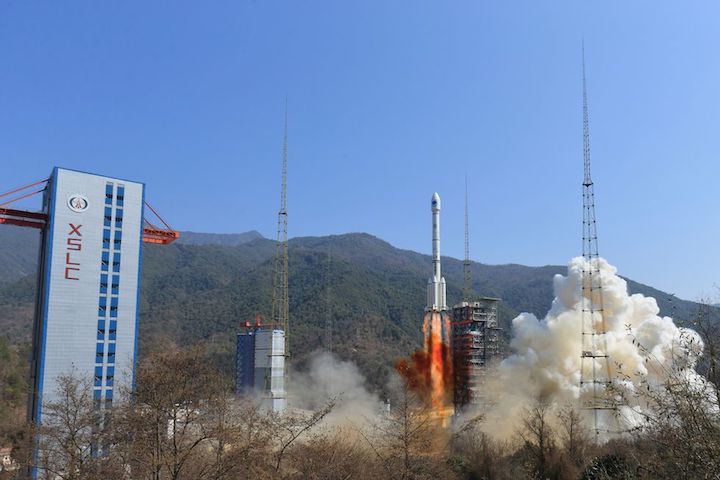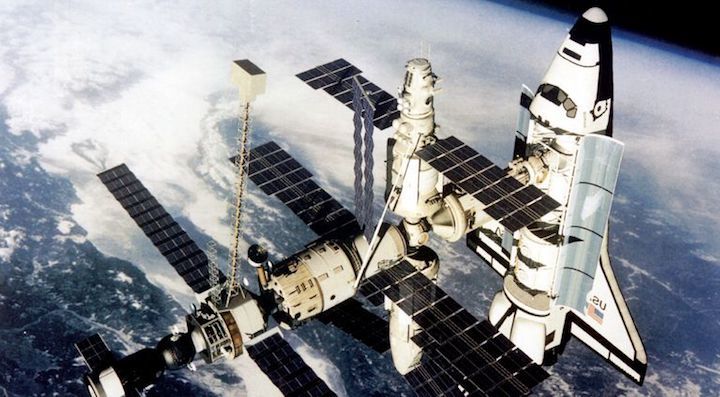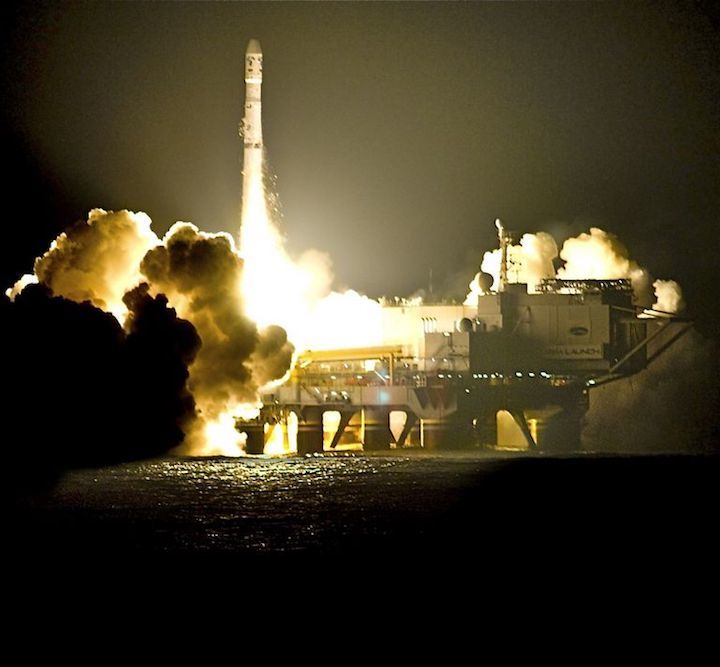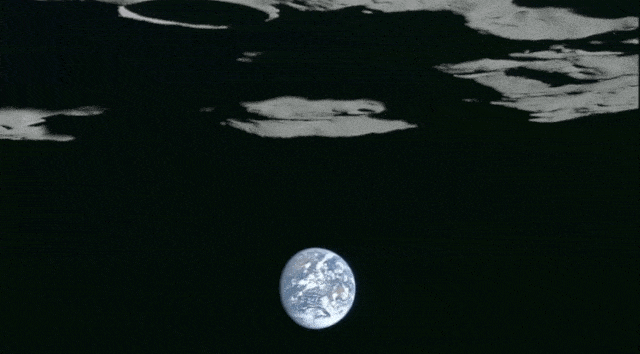8.03.2018
After almost three decades of cooperation, Roscosmos is now eyeing a future in space with China.

Last month Russia’s space agency, Roscosmos State Corporation, began work on a contingency plan that would reshape its future in space exploration. The country could shift its human spaceflight cooperation from the U.S. to China, sources within Roscosmos told Popular Mechanics. One possible scenario includes Roscosmos exiting the International Space Station program early.
Russian experts were instructed to put forward ideas by March 15, including concepts for potential contributions to the planned Chinese space station along with a joint Russian-Chinese plans to send humans to the Moon.
A Historic Relationship
If adopted, the new strategy would mark a historic moment for the Russian space program, which has cooperated with the U.S. for nearly three decades. In 1993, not long after the breakup of the USS, the Russian and American human spaceflight programs (along with Europe, Canada, and Japan) joined together to build the ISS. Lately, though, worsening relations between Moscow and Washington have prompted Roscosmos to seek its own way in space, which could happen before or after the ISS’s current expiration date some time between 2024 and 2028.
For a number of years, the Kremlin considered building an independent program for human spaceflight with plans ranging from a relatively modest space station in the Earth’s orbit to ambitious proposals to build a permanent base on the Moon. But under current economic strains, the Russian government needed an international partner—at least for the time being.

Space Shuttle Atlantis docking with the Mir space station in 1995.
-
Last summer, Moscow reluctantly agreed to join NASA-led studies of a habitable outpost in orbit around the Moon that would succeed the ISS in mid-2020s. While the near-lunar station remains on the drawing board even as U.S.-Russian relations sour, Roscosmos decided to look at the alternatives. At the end of February, the corporation instructed its strategists to evaluate cooperation with China by supplying Russian hardware for the Chinese space station.
In 2020, Beijing plans to launch the first piece of its new multi-modular outpost similar to the Russian Mir space station. For a number of years, Chinese space officials have been inviting other space powers to contribute to the planned orbital base, but the response was lukewarm due to financial and political concerns. Now there are signs that the situation might be slowly turning to China’s favor. Besides Russia, the European Space Agency, ESA, and Japan are now reportedly re-examining their participation in the Chinese space station project.
A Mismatch Made in Space
In June 2017, Roscosmos head Igor Komarov said that Russia had been invited to participate in the Chinese space station but admitted to a mismatch in plans. Russian engineers first considered the country’s active involvement in the Chinese space station in 2015, but at the time, Roscosmos hoped that China would assemble its outpost in the orbit easily accessible from Baikonur Cosmodrome, which Russia rents from Kazakhstan.
Since then, China informed its potential contributors that the station would be inserted into an orbit inclined between 41 and 43 degrees toward the Equator. Baikonur is situated at a latitude of 46 degrees, which means that the Russian missions heading to the Chinese space station would have to conduct propellant-hungry maneuvers to reduce their orbital inclination.

Sea Launch Ocean Odyssey platform, 2009.
-
One partial solution to this orbital mismatch between Russia and China would be the Sea Launch platform. The Russian-owned, California-based floating launch pad offers flexibility in accessing various orbits thanks to its ability to sail to the most convenient launch position. A Russian private company is currently working on reactivating the Sea Launch after a long hiatus.
Sea Launch would currently only launch robotic cargo vehicles and space station modules, leaving open the issue of delivering Russian cosmonauts to the Chinese space station. According to industry sources, Roscosmos was unlikely to agree for its cosmonauts to hitchhike to the station aboard the Chinese Shenzhou vehicles, as China proposed, without having full access to the station with its own passenger spacecraft.
To the Moon and Back

On Saturday, Roskosmos and China National Space Administration, CNSA, signed a memorandum of intentions on possible joint effort in the exploration of the Moon with robotic probes.
Russia considers yet-to-be-launched automated lunar landers as precursors for the future habitable lunar base which would be built in the polar regions of the Moon. China also tabled preliminary plans to send expeditions to the Moon after finishing the assembly of its space station. Russia and China could see their goals in space converge if the U.S. fails to fully draw in one of these two countries into its own orbit.
The latest Russian overtures to China are in very early stages and might not result in any actual change in policy. The U.S. also wouldn't be completely left out in the cold, but would be forced to consider commercial spaceflight options, like SpaceX or United Launch Alliance. But the mere fact that such an option is on the table at Roscosmos’ headquarters is a huge deal, and the final decision, whatever it might be, could have long-running implications for the future of human space flight in all three countries.
Quelle:PM
